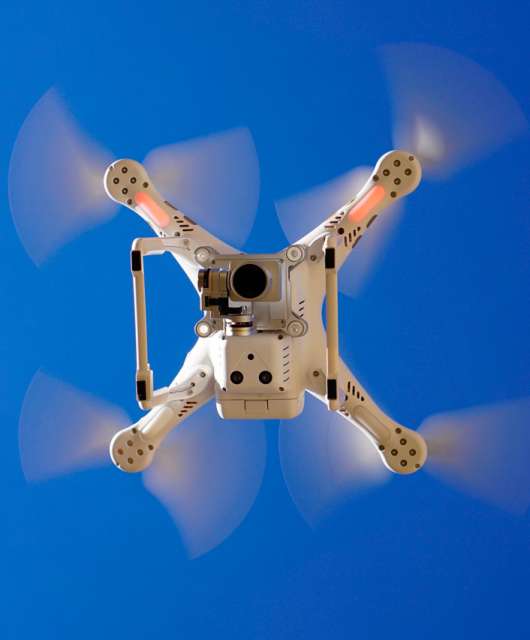To date in 2020, the Spanish Data Protection Agency (AEPD) has reported 837 security breaches affecting personal data, which is 201 more than those reported in the same period last year. Yet one in three of these are still without a security incident response plan, which underlines how the security teams charged with this task and with providing a forensic response are now needed more than ever.
This was demonstrated when 16 hardware and software platforms were hacked -albeit in a controlled environment- in a matter of minutes, using previously unknown methods, during the renowned Chinese hacker competition ‘Tianfu Cup Security Contest’. Hackers are permitted to bring pre-designed hacks, though they must put them into practice live and prove that they are original. The competition invited participants to hack the following systems: Microsoft Edge, Chrome, Safari, Firefox, Adobe PDF Reader, Docker-CE, VMware Workstation, VMware ESXi, Ubuntu + qemu-kvm, iPhone 11 Pro + iOS 14, Samsung Galaxy 20, Windows 10 2004, Ubuntu 20/CentOS 8, Microsoft Exchange Server 2019, TP-Link WDR7660, and ASUS Router AX86U.
The competition was clearly a success, with 13 of the 16 target systems successfully hacked by Tianfu Cup 2020 contestants, who came up with a total of 23 hacks. The security flaws revealed were promptly reported to the respective companies so they could be addressed.
Can advanced technologies stop hackers?
One of the aims of such hacking competitions is to raise awareness of the importance of protecting systems, as they have demonstrated the extent to which companies and users are exposed to cyberattacks. Hackers are put to the test with challenges in which they have to detect weaknesses in a system in real time, and put themselves in the shoes of a cybercriminal to demonstrate that all they have to do to infiltrate a system is find a security hole.
The prize money in this edition of the competition totaled US$1.2 million. The business reality, however, is that the cost of cyberattackers exploiting security flaws is also significant, and not just in terms of what hackers might earn directly, but also through other security repercussions and damage to corporate image. Organizations should therefore be looking toward a proactive strategy and advanced solutions that enable them to properly classify and control access to sensitive information to avoid any kind of problem.
Regardless of the size of your organization, a cybersecurity suite such as Adaptive Defense ensures a holistic approach to incident response, as it integrates Endpoint Protection and Endpoint Detection and Response (EDR) solutions with 100% Attestation and Threat Hunting and Investigation services, all deployed via a single, lightweight agent. The combination of these solutions and services provides detailed visibility of all activity across all endpoints, complete monitoring of all running processes, and a reduced attack surface. Such factors are crucial for surviving an attack and minimizing impact and recovery costs.
In addition, given that most attacks and exploits take advantage of out-of-date third-party systems and applications, exploiting known vulnerabilities, often when a patch has been available for weeks, or even months before the exploit, Patch Management is one more key tool in the advanced and adaptive security architecture that Adaptive Defense 360 offers companies to strengthen their cybersecurity posture. Now available from WatchGuard products and services.





